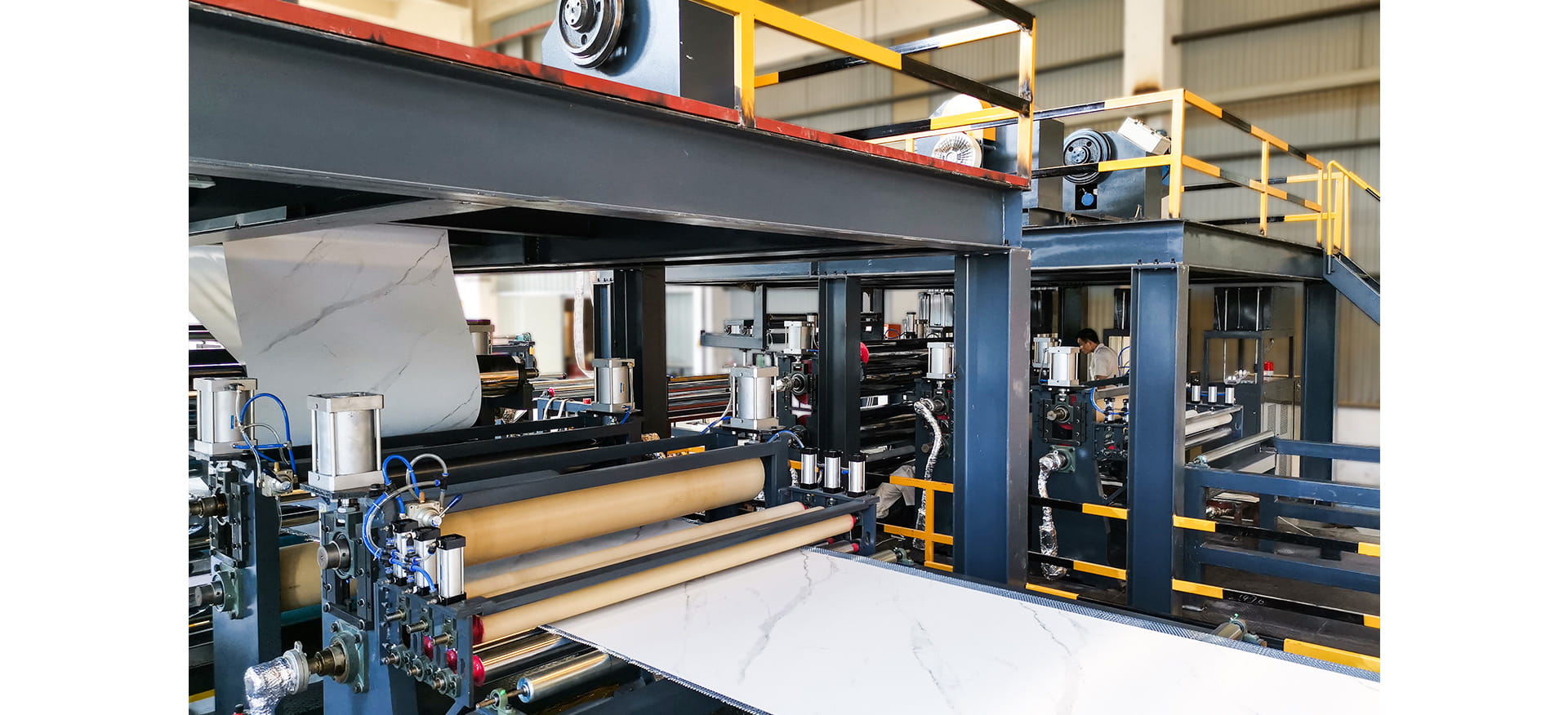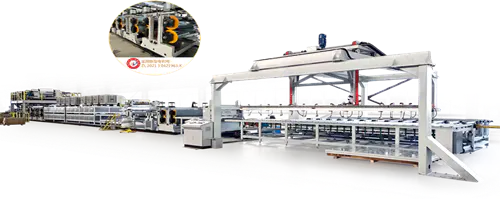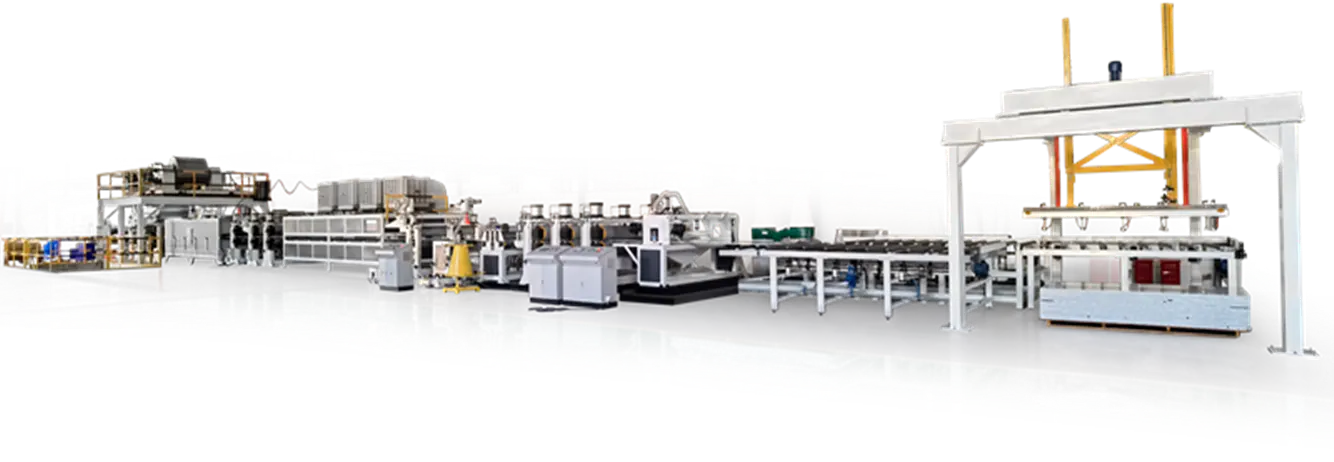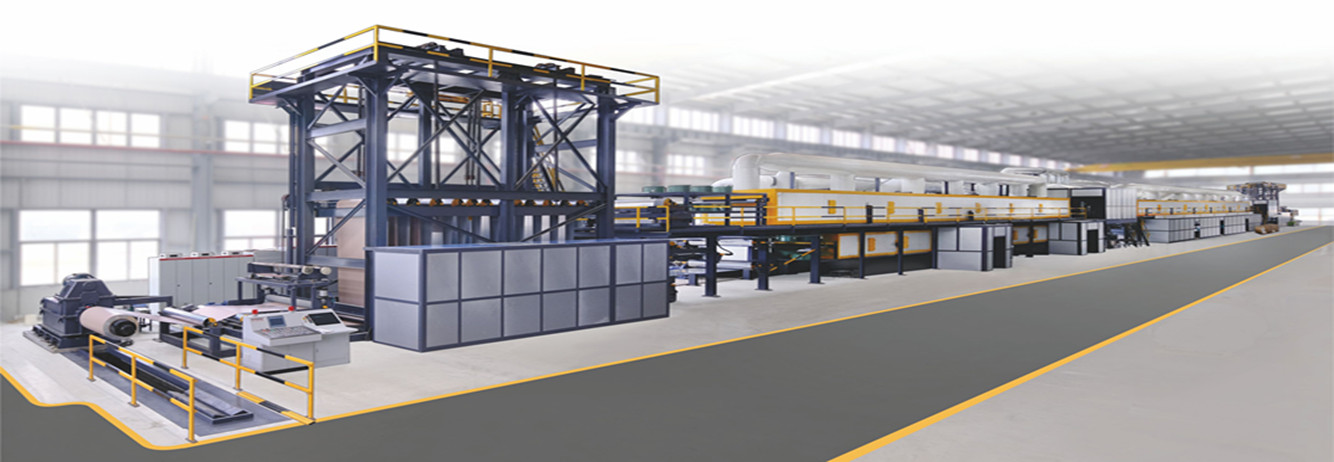Steel honeycomb panels are steadily becoming a preferred choice in modern construction due to their balanced combination of strength, low weight, and versatility. Architects, designers, and engineers are increasingly incorporating these panels into a variety of building projects, from commercial facades to transport hubs. Their use reflects an industry-wide shift toward durable yet lightweight materials that meet structural demands without increasing load burdens. As construction standards evolve, the relevance of steel honeycomb panels continues to grow.

One significant factor behind the rise in popularity is the technological development of the Honeycomb Panel Production Line. Modern systems offer more precision and consistency than earlier machinery, enabling manufacturers to meet higher quality requirements and streamline fabrication. These production lines play a vital role in ensuring the panels maintain uniformity in core structure and surface bonding, which is critical for reliable performance in building applications. Automation and process control in the Honeycomb Panel Production Line have also contributed to reduced waste and more predictable output.
Unlike conventional solid materials, steel honeycomb panels consist of a core structure made from interconnected hexagonal cells, sandwiched between two metal sheets. This design delivers a high strength-to-weight ratio, making the panels suitable for both internal and external applications. In commercial buildings, they are often used for cladding and curtain walls due to their clean appearance and structural benefits. Their corrosion resistance and long service life also make them appealing for areas with varying environmental conditions.
The construction industry is placing more value on materials that combine performance with design flexibility. With steel honeycomb panels, it is possible to customize thickness, surface finishes, and even panel dimensions to suit specific project requirements. This adaptability makes them a fitting choice for innovative architectural concepts. Additionally, the stability of the honeycomb core reduces deformation under stress, ensuring that the panels maintain their form even under prolonged load or exposure.
New investments in Honeycomb Panel Production Line facilities reflect the growing market demand. Manufacturers are upgrading older equipment with systems that enable quicker transitions between product types, allowing for more diverse production runs. The ability to scale operations without sacrificing consistency is key in meeting the varied needs of construction firms. In this regard, the Honeycomb Panel Production Line is not just a tool for production but a driver of innovation and efficiency in the supply chain.
Energy-efficient buildings are another segment where steel honeycomb panels are making an impact. Thanks to their insulation potential, when combined with specific core materials or coatings, these panels can contribute to better thermal regulation. Whether used in high-rises or transportation terminals, their role in supporting sustainable building goals cannot be overlooked. The recyclability of steel components further adds to their environmental profile, aligning with wider industry efforts toward greener practices.
As demand continues to grow, research and development in the sector is focusing on enhancing the performance and aesthetics of these panels. From fire resistance to sound insulation, enhancements are being integrated directly into panel design during the production stage. The Honeycomb Panel Production Line must adapt to accommodate these new functionalities, supporting multi-layer builds and advanced bonding methods. Flexibility in production is becoming as important as durability in the end product.
The rise of steel honeycomb panels in modern construction signals a clear move toward materials that address structural and aesthetic needs while offering efficiency and resilience. Supported by advancements in Honeycomb Panel Production Line technology, this trend is expected to continue across various sectors. From infrastructure to commercial architecture, the application of these panels demonstrates how engineering and design are evolving in tandem.

 中文简体
中文简体 English
English Português
Português русский
русский Español
Español عربى
عربى









